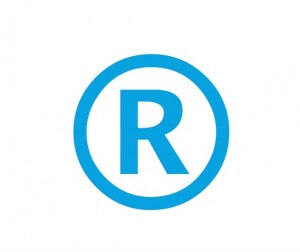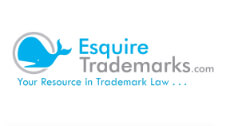What Is a Final Office Action?
A Final Office Action is an official letter issued by the United States Patent and Trademark Office (“USPTO”). A Final Office Action issues when the applicant has filed response to a first office action, but did not resolve the original grounds for rejection. In this Final Office Action letter, an Examining Attorney lists any remaining legal issues with your trademark application.

Once a Final Office Action is sent, the applicant has six months to convince the Examining Attorney to withdraw his/her rejection and also resolve any outstanding formalities. This is the applicant’s last chance to file a response. The trademark application will go abandoned at the end of the six-month response period.
A Final Office Action Issues When the Original Grounds for Rejection Were Not Addressed
For there to be a final office action, there must be a first (or prior) office action rejecting the trademark application on some grounds. There must also be a first response that was filed by the applicant. This first response, however, was incomplete, unpersuasive, or created new grounds for rejection. Hence, we have a final office action.
Final Office Actions Can Be Resolved in Favor of the Applicant
The grounds for rejection generally are of two types: Formalities or Arguable Issues. Formalities include things that can be easily resolved. Examples are trademark disclaimers, translations, amendments to the goods listing, providing substitute specimens of use, correcting logo drawings. All that is required to resolve a formalities issue is to comply with the request. No argument is needed to persuade the Examining Attorney.
Arguable Issues include rejections based on likelihood of confusion with prior trademarks, or rejections for descriptive trademarks. Arguable Issues are difficult to overcome, because applicant must convince the Examining Attorney to reverse his/her position. Essentially, Arguable Issues are subjective decisions made by the Examining Attorney. Persuading the Examining Attorney to reconsider his/her decision is difficult and requires the submission of legal argument and evidence.
How to Respond to a Final Office Action?
To file a “complete” response, you must address each legal problem raised in the final office action. Formalities must be corrected. Where an Arguable Issue is presented, you must enter evidence and successfully convince the Examining Attorney to withdraw the rejection. This must be done within the six-month period from the date of the Final Office Action.
Steps for Responding to a Final Office Action
Not all steps are required. It depends on the nature of the rejections, Arguable Issues, and Formalities stated in the the Final Office action.
1 – Satisfy All Outstanding Formalities
Often, the applicant simply did not address each and every issue raised in the first office action, and the final office action simply reiterates those requests. The Examining Attorney will approve your trademark application if you are able to satisfy all outstanding requirements.
2 – File a Request for Reconsideration
Where the grounds for rejection is arguable (presents Arguable Issues), you may submit evidence and additional arguments in an effort to persuade the trademark examining attorney to withdraw the rejection
3 – File an Appeal with the Trademark Trial and Appeal Board
You have the right to file a trademark appeal with the Trademark Trial and Appeal Board (“TTAB”) in conjunction with the above Steps. The applicant must present evidence and arguments against the rejection. Appeals, however are costly, and are usually ruled in favor of the Examining Attorney. Often, a better approach is to file a new trademark application that benefits from past experience.
Your trademark attorney will examine your options and discuss the costs and projected outcomes of each situation with you.
Filing a New Trademark Application to Replace the Rejected Trademark
Often, arguing the rejection is not advisable. Nor is appealing the Final Office Action. Sometimes, the Examining Attorney is correct. Or, filing an appeal is too costly an option. A better approach is to file a new trademark application that benefits from past experience. Filing a new trademark application costs less than an appeal. Often a new trademark application is a well-needed do-over that benefits from the lessons learned with the earlier applications. The logo or trademark can be re-filed (with changes) and presented in a way that anticipates and overcomes the rejections applicant faced in the past. With over 18 years experience in trademark law and litigation, our trademark attorney can consult with you and advise you new trademark application strategies that anticipate issues before they become rejections.
